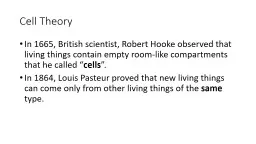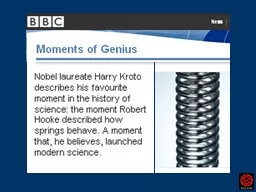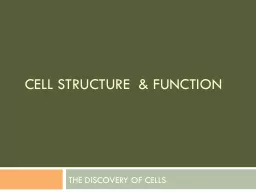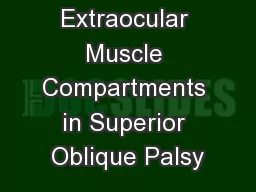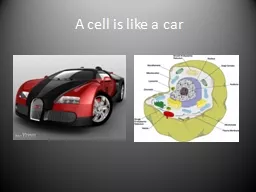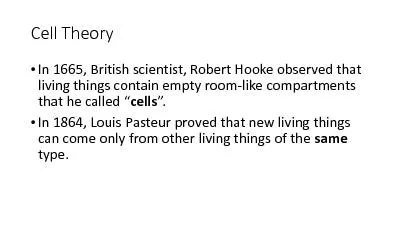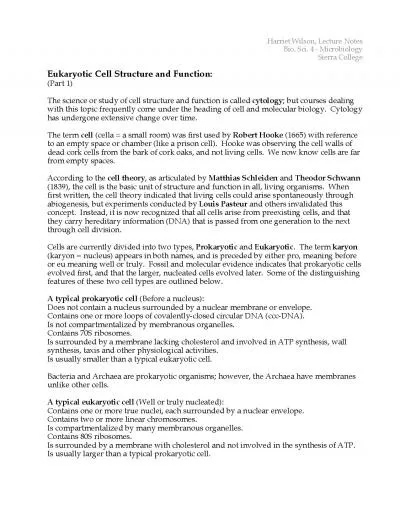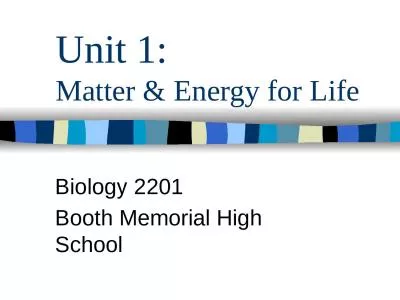PPT-Cell Theory In 1665, British scientist, Robert Hooke observed that living things contain
Author : phoebe-click | Published Date : 2019-10-31
Cell Theory In 1665 British scientist Robert Hooke observed that living things contain empty roomlike compartments that he called cells In 1864 Louis Pasteur proved
Presentation Embed Code
Download Presentation
Download Presentation The PPT/PDF document "Cell Theory In 1665, British scientist, ..." is the property of its rightful owner. Permission is granted to download and print the materials on this website for personal, non-commercial use only, and to display it on your personal computer provided you do not modify the materials and that you retain all copyright notices contained in the materials. By downloading content from our website, you accept the terms of this agreement.
Cell Theory In 1665, British scientist, Robert Hooke observed that living things contain: Transcript
Download Rules Of Document
"Cell Theory In 1665, British scientist, Robert Hooke observed that living things contain"The content belongs to its owner. You may download and print it for personal use, without modification, and keep all copyright notices. By downloading, you agree to these terms.
Related Documents

